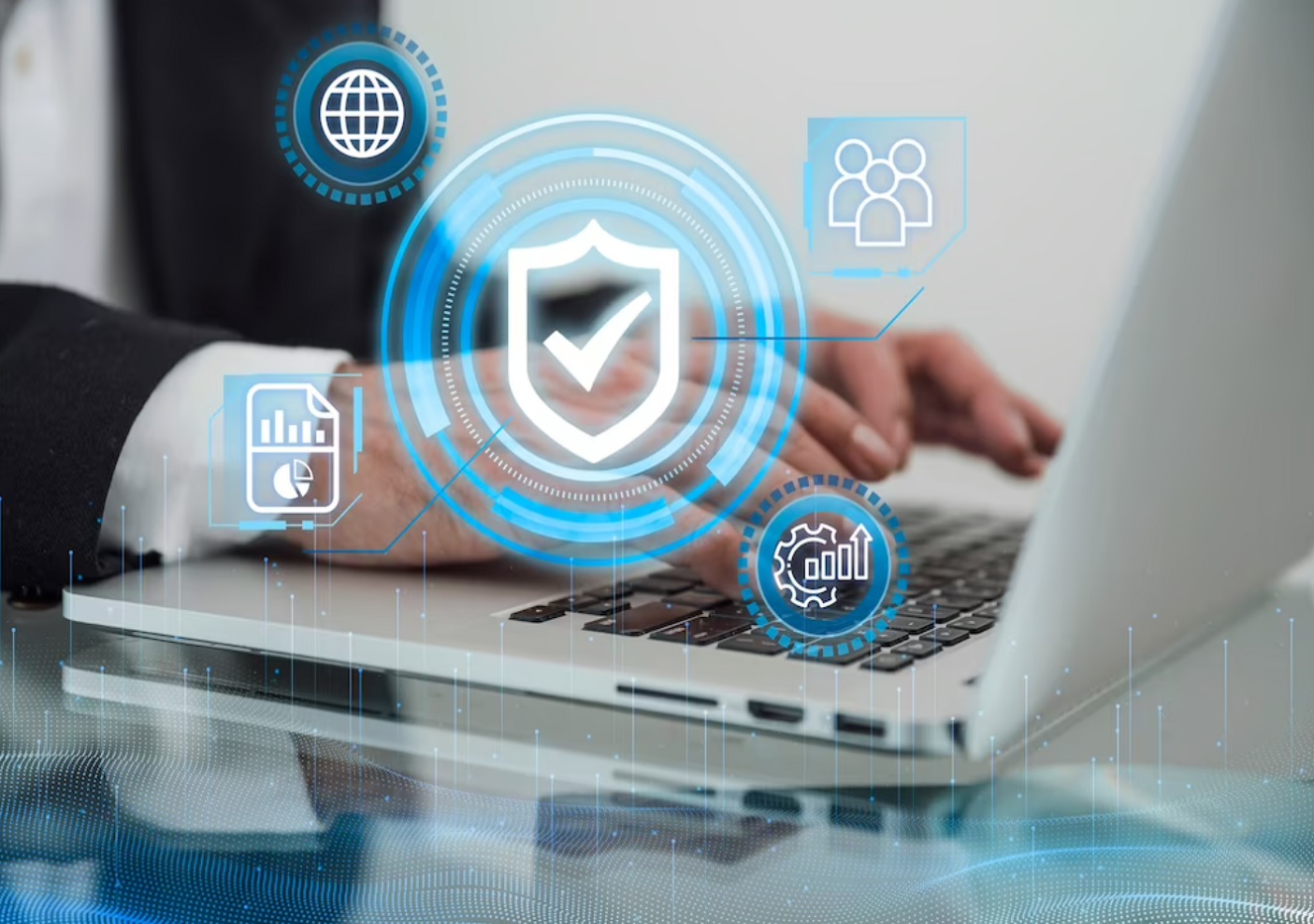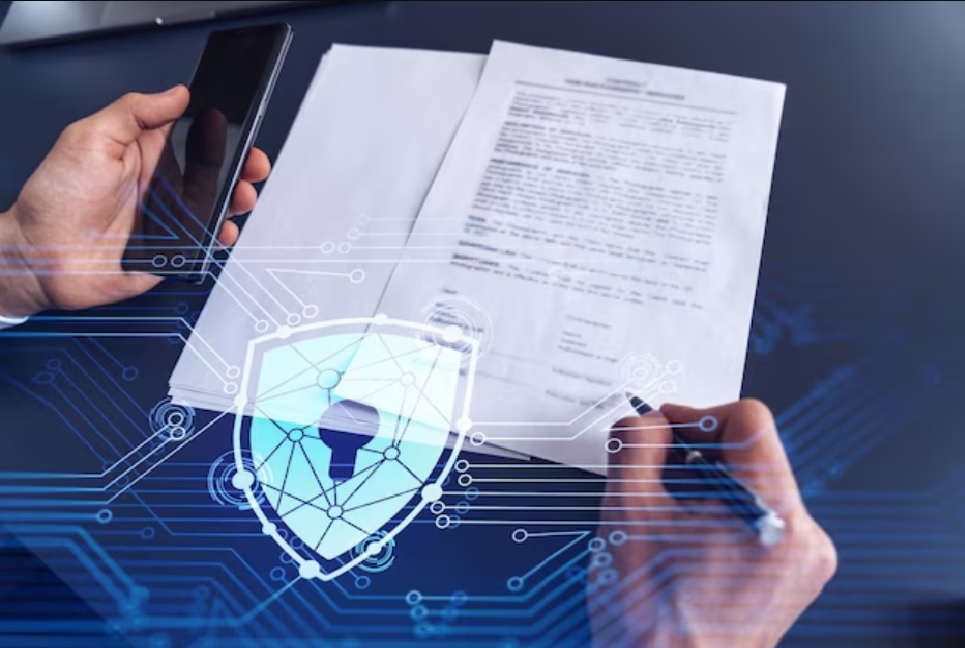04 Oct What is an IT Asset Recovery Service and How Can It Help You?
IT asset recovery service is a crucial process for businesses and organisations to dispose of outdated or obsolete IT assets in a secure and environmentally responsible manner. This service involves identifying and destroying all IT assets, including computers, servers, printers, and other electronic equipment, to...










